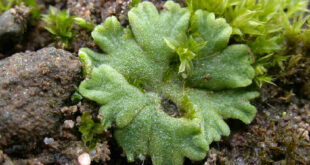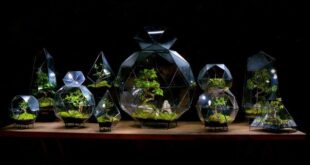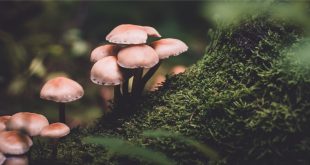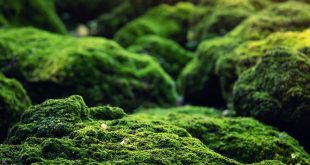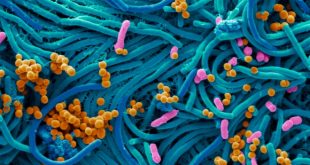What do you picture when the land of midnight sun, Norway crosses your mind? It must be white snowy terrain, crystal-like blue glaciers, magical dancing aurora, astounding fjords, wild polar bears, scenic landscapes, intriguing cultural heritage, and all the mind-boggling aspects. But little do we know, this land is accommodating …
Read More »Riccia: A Common Liverwort
The simplest members of the order Marchiantales are found in the family Ricciaceae. There are roughly 140 species in the family. They fall under the Tesselina, Ricciocarpus, and Riccia genera. There are only one species each for the first two. The genus Riccia encompasses the remainder. The Italian botanist F. …
Read More »Terrarium: Your Very Own Ecosystem
What is Terrarium? Have you ever heard of miniature but thoroughly natural garden, implanted inside a glass jar? Well, that is exactly what terrarium is- it may also be termed as a little rainforest domiciled in an enclosed jar or container made of glass. The word “Terrarium” was derived from …
Read More »Fungi: Importance in Economy
Fungi (singular: fungus) are a kingdom of generally multicellular eukaryotic creatures that are heterotrophic (cannot produce their food) and play essential roles in ecosystem nutrient cycling. Fungi are a diverse group of creatures that can be found in almost any ecological niche. Fungi number around 1.5 million species. Only roughly …
Read More »Bryophytes: Extensive Habitats and Distributions
Bryophytes are simple non-flowering, non-vascular land plants that reproduce through spores rather than flower or seeds. Bryophytes are often known as a junction or bridge between lower cryptogams and higher cryptogams. Since bryophytes reproduce via spores, their lightweight spores have been dispersed by the wind all over the world, in …
Read More »Microbiology: Notable Pioneers and Their Contributions
Microbiology is an eminent subfield of biology. This sub-sector is concerned with organisms (that can only be seen through a microscope and cannot be seen with the naked eye), specifically microorganisms, their characteristics, functions, classifications, and methods to exploit and control their activities for human benefit. Microbiology began to flourish …
Read More » Plantlet The Blogging Platform of Department of Botany, University of Dhaka
Plantlet The Blogging Platform of Department of Botany, University of Dhaka

